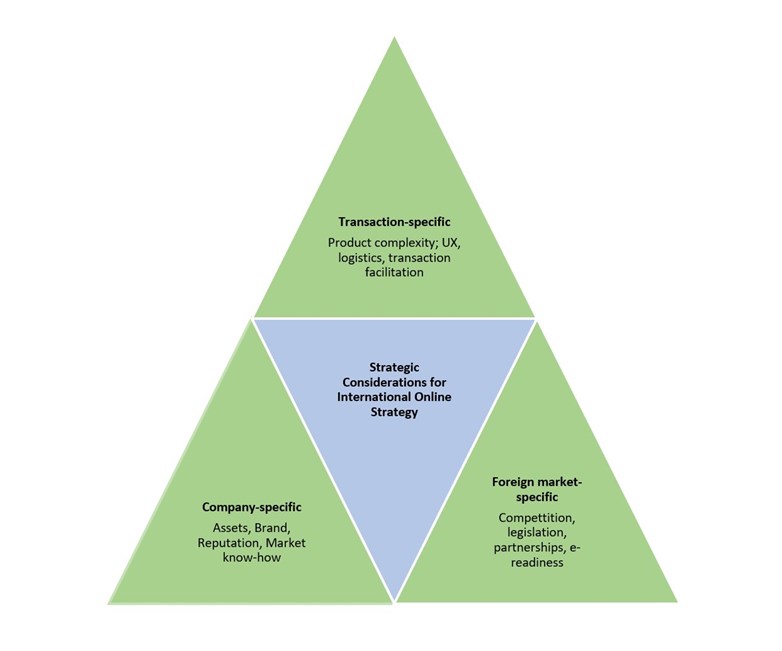Internationalizing Swedish SMEs
Studies, however, have shown that internationalizing SME retailers tend to grow quite slowly – or not at all. In this study, we investigate how these SMEs can ramp up their operations in the pursuit of growth and improved profitability. To gather knowledge about this group of companies we first conduct exploratory interviews to generate hypotheses. In a second step, we test these hypotheses by doing statistical analyses on the survey data we are currently collecting from a larger set of companies
Preliminary Findings
Our initial findings, yet to be tested statistically, show that almost all retailers have to digitalize their business to some extent when venturing into foreign markets. The companies we have investigated are targeting foreign market customers using a range of different options. Some of them are setting up dual sales channels (i.e. online and stores), some are trying to create an omni-channel (i.e. coordinated physical and online channels), whereas others are running an online sales channel only. Regardless of how these companies operate their sales in foreign markets, they are facing various strategic challenges in their endeavors. The strategic considerations they need to make are outlined in the figure below and can be categorized as: 1.) company-specific, 2.) transaction-specific, and 3.) foreign market-specific.
The internationalizing SME retailers seem to put various emphasis on the different aspects that are described in the strategic triangle when doing business in foreign markets. Three archetypes in regard to international expansion have so far been detected amongst these companies:
- Piggy-back Strategy: This strategy is primarily geared at exploiting the transaction specific-factors in the triangle. The SMEs venture into foreign markets by leveraging the logistics and distribution systems of partners, usually “digital platform companies”. Internationalization is in this way expedited but the retail companies are by this setup blocked from gathering insight about foreign markets and international sales.
- Curator Strategy: This strategy is primary geared at exploiting market- and transaction specific factors. The company creates an own platform where the competitive advantage lies in effectively curating the content to end-customers. Such operations are costly and rely on high-margin products.
- Differentiation Strategy: This strategy is primarily geared at exploiting company- and market-specific factors. The company possesses some type of competitive advantage which either enables it to compete based on low costs and collect arbitrage rents. Differentiation may also be achieved by a distinct brand or unique product that can be recognized across national borders.
